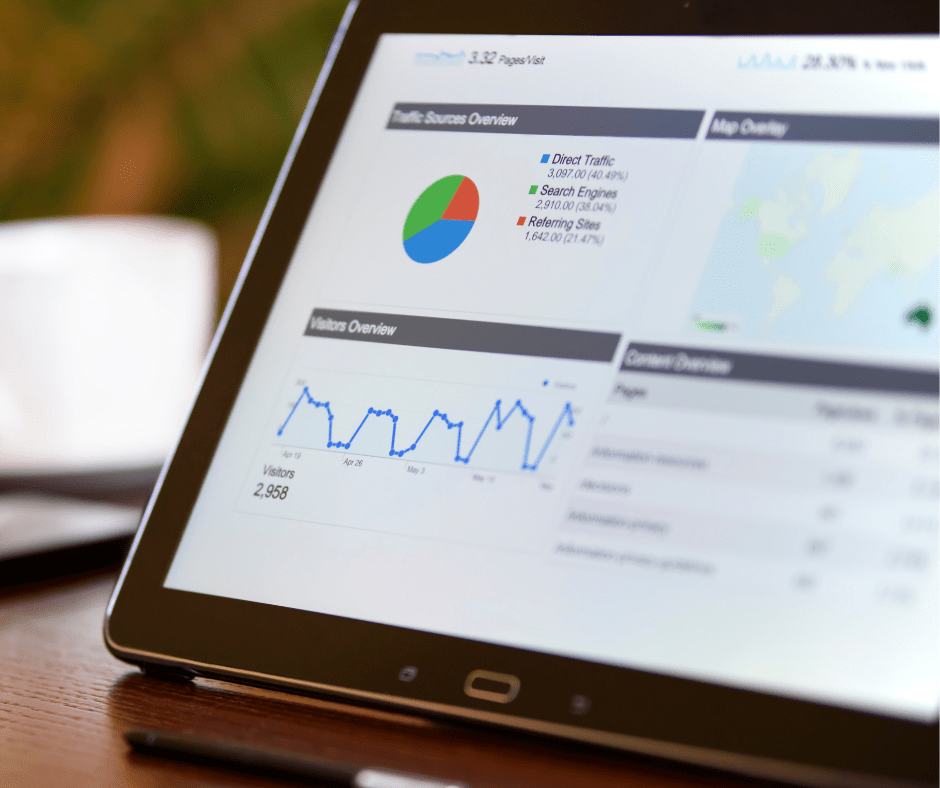If you can’t track it, you can’t improve it. Measuring the impact of your work and ongoing refinement is critical to SEO.
Having an organic, digital presence is an essential component of your inbound marketing strategy. We discuss the best ways to assess and evaluate your key SEO performance metrics, as well as the benefits and the best tools to use.
How to monitor SEO performance
When monitoring your SEO performance, you need to think about the goals you want your SEO optimisation and metrics to achieve.
- Make them measurable
- Be specific
- Share your goals
When thinking about your goals, ‘if you can’t track it, you can’t improve it’, and you need to make sure industry jargon doesn’t dilute your goals. They need to be specific, measurable, attainable and timely.
Once you have set your goals, you can then focus on your key metrics to monitor to make sure your SEO performance is successful.
Benefits of monitoring and measuring SEO
Some of the key metrics to focus on would be ROI (Return on Investment) & CPA (cost per action).
Amongst those mentioned above, other metrics that should be tracked are qualified leads, number of comments, the amount of content that is being shared, the cost of acquisition for your customers, net promotor score and your monthly recurring revenue.
SEO performance metrics
When measuring SEO key performance metrics there a few things to think about. These are:
Organic traffic
Organic traffic comes from the number of visitors have clicked on your page.
Keyword ranking
A keyword is any word that is searched on a search engine. These words determine how high your site will rank by using popular keywords.
SERP visibility
For everything searched, Google produces an outcome or SERP (search engine results page). These all include organic results, ads, and SERP features – like featured snippets. SERP visibility measures how many people see your site on results pages.
Click-through rate
The click-through-rate or CTR measures the amount of people who have clicked on your site from the SERP. This is a good indicator of how good your title tags and meta descriptions are at enticing users.
Bounce rate
This is the number of users that click on your site but have no interaction – could be accidental or they have no interest in what you have to offer. It’s a good barometer for the quality of the visit a customer has made.
Website authority (over time)
This indicates how well your site domains will rank on a SERP. Having a high WA number, such as 40-60 or even higher, indicates that your company or brand is more authoritative.
Backlinks
Backlinks are Google’s top measurement for the success of top-ranking websites. Monitoring these will give you a great insight into how well your link-building strategies are doing.
Page speed
Page speed is a very important metric that if not optimised can affect your other important metrics. Things such as bounce rate and conversions are vastly improved if your site is fast and quick to navigate. Having a slow site can really put off customers.
Time spent on page
This metric is a good measure for how well your content meets the user’s intent. If a user lands on your page and spends a lot of time there, then this is a good indicator for how well your site meets what they’re looking for and why they have found themselves on your page.
Conversion rate
Your conversion rate represents the overall impact your SEO strategy has on your overall sales. Your website must showcase the best you have to offer for clicks to lead to sales.
SEO performance tools
Here are some popular tools to measure your SEO performance:
- Google Search Central
- Google Analytics
- UpCity Free SEO Report Card
- Internet Marketing Ninjas
- Bing Webmaster
- Seolyzer
- BOSCO™
SEO performance analysis
This is the process of examining a website to see how well it has been optimised and whether there is any room for improvement. Firstly, look at the content your company has produced and run a content audit – this can be done by looking at the keywords that have been utilised and seeing how successful they have been.
The next stage is to look at how this performance has impacted the brand overall. You want to be able to measure how high your content has ranked, how well your content has been optimised for SEO, and how it has all impacted traffic and leads.
These stages are vital for measuring how well your SEO performance has gone and by doing this will only lead to further leads and conversions.
In additional to connecting all your digital marketing data, BOSCO™ uses predictive analytics modelling to forecast where to spend budgets in both new and existing channels for maximum efficiency. Book a demo to find out how BOSCO™ can help your business.




